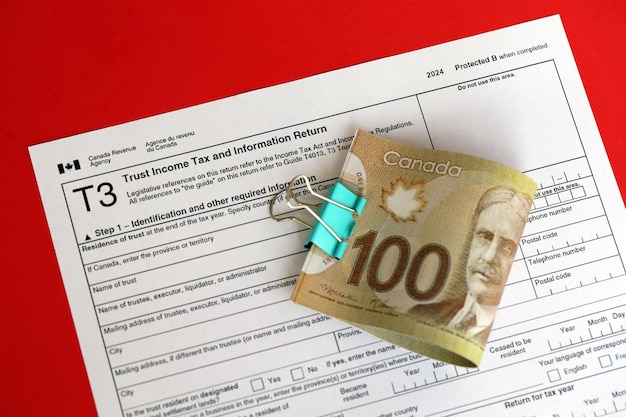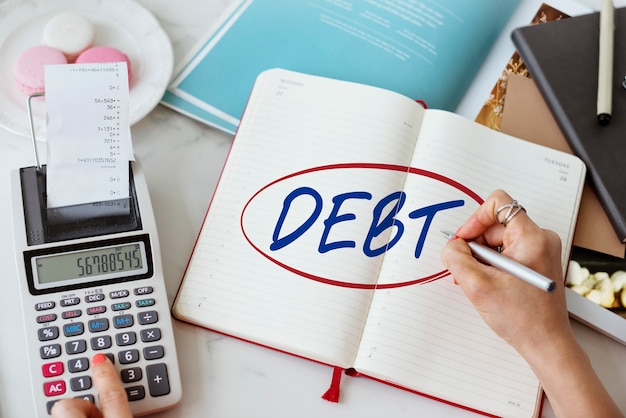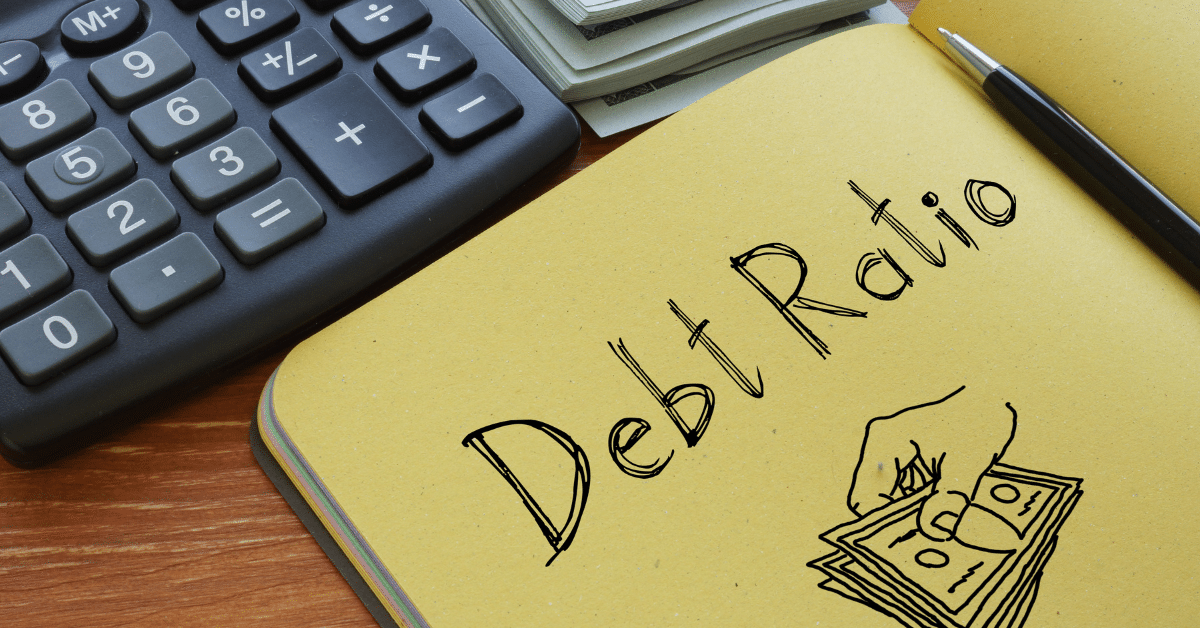Debt recycling is an increasingly popular strategy among Australian homeowners seeking to manage their finances more effectively.
By converting non-deductible home loan debt into tax-deductible investment debt, this technique can offer significant tax benefits and pave the way for long-term wealth creation.
As Australian debt management becomes a critical concern, understanding the nuances of debt recycling can empower homeowners to develop robust home loan strategies.
This post aims to demystify debt recycling, providing practical insights into debt reduction techniques and investment opportunities that can enhance your financial position.
Whether you’re a seasoned finance professional or a homeowner eager to optimize your investments, this guide serves as your trusted advisor on the path to financial confidence.

What is Debt Recycling?
Debt recycling is a financial strategy that involves converting non-deductible debt, such as a home loan, into tax-deductible debt for investment purposes. This approach aims to reduce personal debt while building an investment portfolio.
The process typically involves using the equity in your home to invest in income-producing assets, such as shares or managed funds. The income generated from these investments is then used to pay down the non-deductible home loan.
As you continue to pay down your home loan, you can potentially borrow against the increased equity to make further investments. This cycle can help accelerate debt reduction and wealth creation simultaneously.
Benefits of Debt Recycling
Debt recycling offers several advantages for Australian homeowners looking to optimize their financial position. When implemented correctly, this strategy can provide significant benefits.
One of the primary advantages is the potential for tax deductions. By converting non-deductible debt into tax-deductible investment debt, you may be able to claim the interest on your investment loan as a tax deduction.
Another benefit is the opportunity for wealth creation. While paying down your home loan, you’re also building an investment portfolio that has the potential to grow over time.
Debt recycling can also help you develop a disciplined approach to saving and investing. The strategy encourages regular contributions to both debt reduction and wealth creation, fostering good financial habits.
Potential Risks to Consider
While debt recycling can be an effective strategy, it’s important to understand and carefully consider the potential risks involved. This approach may not be suitable for everyone.
One significant risk is the possibility of investment losses. If your investments perform poorly, you may struggle to meet your loan repayments and could potentially lose money.
Market volatility is another factor to consider. Fluctuations in the stock market or property values can impact the success of your debt recycling strategy.
There’s also the risk of overextending yourself financially. Taking on additional debt requires careful management and a stable income to ensure you can meet all your financial obligations.
Australian Debt Management Strategies

Effective debt management is crucial for financial stability. This section explores strategies specific to the Australian context, focusing on home loans and debt reduction techniques.
Home Loan Strategies for Success
Managing your home loan effectively is a crucial part of Australian debt management. By implementing smart strategies, you can potentially save money and reduce your loan term.
One effective approach is making extra repayments whenever possible. Even small additional payments can significantly reduce your interest over the life of the loan and help you pay off your mortgage faster.
Consider setting up an offset account linked to your home loan. This can help reduce the interest you pay by offsetting the loan balance with the money in your account.
Reviewing your home loan regularly is also important. You may find better rates or terms by refinancing, potentially saving thousands over the life of your loan.
Effective Debt Reduction Techniques
Reducing debt requires a strategic approach. By implementing effective techniques, you can accelerate your debt reduction and improve your overall financial health.
Start by prioritizing your debts. Focus on paying off high-interest debts first, such as credit cards, while maintaining minimum payments on other debts.
Consider the debt avalanche method, where you pay off debts with the highest interest rates first. Alternatively, the debt snowball method involves paying off the smallest debts first for psychological wins.
Creating a budget is crucial for effective debt reduction. Track your expenses, identify areas where you can cut back, and allocate more money towards debt repayment.
Leveraging Tax Benefits of Debt Recycling
Understanding and utilizing the tax benefits of debt recycling can significantly enhance your financial strategy. This approach can lead to substantial savings when implemented correctly.
The primary tax benefit of debt recycling is the ability to claim tax deductions on the interest paid on your investment loan. This can potentially reduce your taxable income and result in a lower tax bill.
It’s important to keep accurate records of all investment-related expenses, including loan interest, management fees, and maintenance costs for investment properties. These can often be claimed as tax deductions.
Consult with a tax professional to ensure you’re maximizing the tax benefits of your debt recycling strategy while remaining compliant with Australian tax laws.
Implementing Debt Recycling
Putting a debt recycling strategy into action requires careful planning and execution. This section provides guidance on getting started, avoiding common pitfalls, and maintaining your strategy.
Step-by-Step Guide to Get Started
Implementing a debt recycling strategy requires careful planning and execution. Here’s a step-by-step guide to help you get started:
-
Assess your financial situation: Evaluate your income, expenses, assets, and liabilities.
-
Consult professionals: Speak with a financial advisor and tax professional to ensure the strategy suits your circumstances.
-
Refinance your home loan: Set up a loan structure that allows for easy separation of deductible and non-deductible debt.
-
Establish an investment loan: Use the equity in your home to secure an investment loan.
-
Invest the borrowed funds: Choose investments that align with your risk tolerance and financial goals.
-
Use investment returns: Apply any returns from your investments to your non-deductible home loan.
-
Repeat the process: As you pay down your home loan, you may be able to borrow more for investments.
Common Mistakes to Avoid
When implementing a debt recycling strategy, it’s crucial to be aware of potential pitfalls. Avoiding these common mistakes can help ensure the success of your strategy.
One frequent error is failing to separate deductible and non-deductible debt properly. This can lead to tax complications and reduce the effectiveness of your strategy.
Another mistake is choosing inappropriate investments. Your investment choices should align with your risk tolerance and financial goals.
Overextending yourself financially is also a common pitfall. It’s important to ensure you can comfortably manage both your home loan and investment loan repayments.
Neglecting to seek professional advice is another error to avoid. Debt recycling can be complex, and professional guidance can help you navigate the process effectively.
Monitoring and Adjusting Your Strategy
A successful debt recycling strategy requires ongoing attention and adjustment. Regular monitoring and fine-tuning can help ensure your strategy remains effective over time.
Review your strategy regularly, ideally every 6 to 12 months. Assess the performance of your investments and the progress of your debt reduction.
Be prepared to adjust your strategy in response to changes in your personal circumstances, such as income fluctuations or major life events.
Stay informed about changes in tax laws or financial regulations that could impact your strategy. Consult with your financial advisor or tax professional if you’re unsure about how changes might affect you.
Investment through Debt Recycling
Debt recycling offers a unique approach to building wealth while managing debt. This section explores how to leverage this strategy for long-term financial growth.
Debt Recycling Calculator
Debt recycling can be a powerful tool for building wealth when used strategically. This approach allows you to grow your investment portfolio while simultaneously reducing non-deductible debt.
The key to successful wealth building through debt recycling is choosing the right investments. Look for assets that have the potential for both capital growth and income generation.
One of the best ways to assess this strategy is to use a debt recycling calculator.
Something else to keep in mind with this strategy is to use diversification. Spread your investments across different asset classes to manage risk and potentially enhance returns.
Remember that wealth building through debt recycling is typically a long-term strategy. Be prepared to stay committed to your plan for several years to see significant results.
Long-term Financial Planning
Incorporating debt recycling into your long-term financial plan requires careful consideration and strategic thinking. This approach can significantly impact your financial future.
Start by defining your long-term financial goals. These might include early retirement, funding your children’s education, or achieving financial independence.
Align your debt recycling strategy with these goals. Choose investments and a debt reduction pace that support your long-term objectives.
Regularly review and adjust your plan as your circumstances change. Life events such as marriage, having children, or changing careers may necessitate updates to your strategy.
Balancing Investment and Debt Management
Striking the right balance between investing and managing debt is crucial for the success of your debt recycling strategy. This balance requires careful consideration and ongoing management.
Prioritize maintaining a comfortable debt level. While the goal is to increase investments, it’s important not to overextend yourself financially.
Consider your risk tolerance when deciding how aggressively to invest. A balanced approach often works best, allowing for both debt reduction and investment growth.
Be prepared for market fluctuations. Have a plan in place for how you’ll manage your strategy during both bull and bear markets.
Expert Tips and Advice

Gaining insights from experts and real-world experiences can provide valuable guidance for your debt recycling journey. This section offers practical advice and resources to support your strategy.
Real-life Case Studies
Real-life examples can provide valuable insights into the practical application of debt recycling. Here are two brief case studies:
Case Study 1: Sarah and John
-
Used $100,000 of home equity to invest in a diversified share portfolio
-
Applied investment returns to their home loan, reducing it by an extra $15,000 in the first year
-
Key takeaway: Consistent application of investment returns to the home loan accelerated debt reduction
Case Study 2: Michael
-
Implemented debt recycling with a focus on high-yield dividend stocks
-
Struggled when dividend payments were cut during a market downturn
-
Key takeaway: Diversification is crucial to manage risk in a debt recycling strategy
Professional Insights for Homeowners
Financial professionals offer valuable advice for homeowners considering debt recycling. Here are some key insights:
-
Start small: Begin with a manageable amount and increase gradually as you become more comfortable with the strategy.
-
Stay informed: Keep up-to-date with market trends and economic factors that could impact your investments.
-
Be patient: Debt recycling is typically a long-term strategy. Don’t expect immediate results.
-
Maintain flexibility: Be prepared to adjust your strategy in response to changing market conditions or personal circumstances.
-
Seek ongoing advice: Regular consultations with financial professionals can help keep your strategy on track.
Tools and Resources for Success
Utilizing the right tools and resources can significantly enhance your debt recycling strategy. Here are some recommendations:
-
Financial calculators: Use online tools to project potential outcomes of your debt recycling strategy.
-
Investment tracking apps: Monitor your investment performance easily with smartphone applications.
-
Educational resources: Stay informed with books, podcasts, and webinars on debt recycling and investment strategies.
-
Professional services: Consider engaging a financial advisor, tax professional, or mortgage broker for specialized advice.
-
Government resources: Utilize information from the Australian Securities and Investments Commission (ASIC) for reliable financial guidance.




